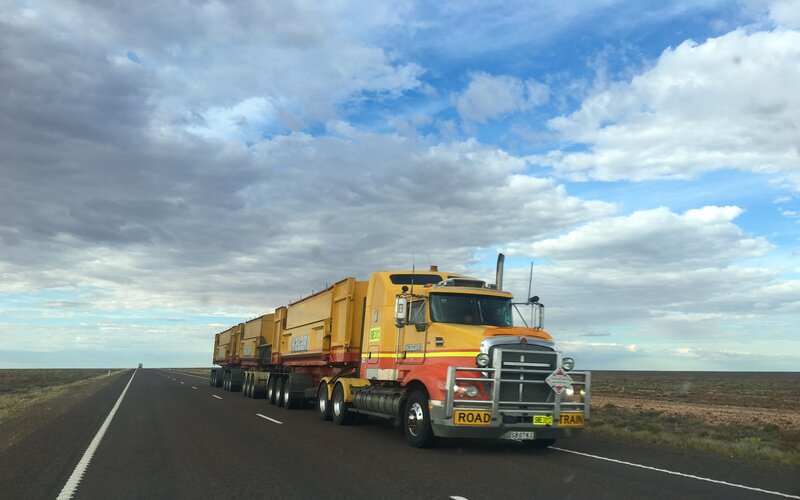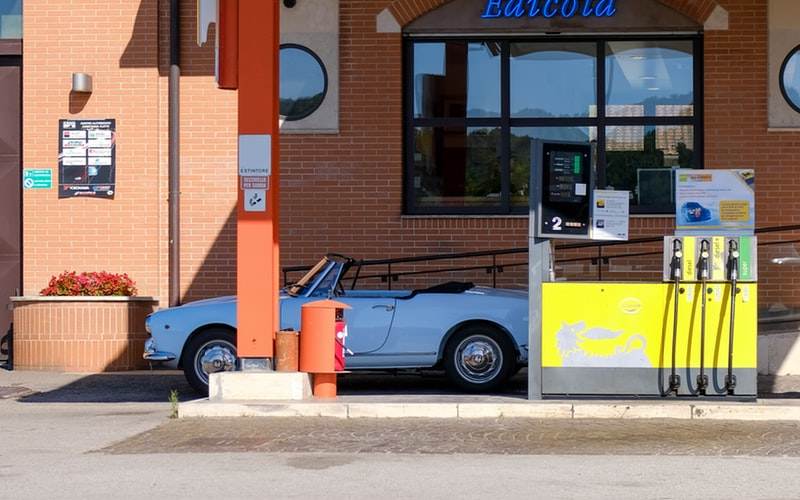New Vehicle Efficiency Standards (NVES) impose a limit on CO2 emissions across all the vehicles a supplier brings into the country.
There will be no restrictions on what cars can be sold, but manufacturers will need to sell cleaner cars to offset high emission vehicles to avoid paying penalties, with the limit reducing every year.
According to the government's modelling, its preferred policy option will bring the fuel costs of the average new car buyer in 2028 down by 40% compared to today, improve buyer choice and reduce Australia's CO2 output by 2050 369 million tonnes.
The way the government will do this is through penalising a manufacturer's entire vehicle fleet's carbon emissions, with $100 fined per gram of CO2 above the target.
Opponents say it will inevitably drive up the price of high emission vehicles, which continue to make up more than half of new sales in Australia.
Federal Chamber of Automotive Industries (FCAI) Chief Executive Tony Weber said the industry has been after fuel efficiency standards for years, but warned Australia's love for utes and SUVs is a challenge the government will need to overcome.
"Industry wants an emissions standard that is ambitious without limiting the choice and increasing the cost of the vehicles Aussies need and want," Mr Weber said.
According to the FCAI, SUVs accounted for 55.5% of new car sales in January '24, with low emission vehicles like hybrids and electric cars making up 17.4%.
The Ford Ranger was Australia's most popular vehicle in January, selling 4,749 units; of the top-10 selling vehicles, eight were SUVs or utes.
However there is the potential for the policy to backfire, with different weight and emissions standards for different classes of vehicles, as outlined in the one of the scenarios presented in the government's impact analysis.
Heavier vehicles will be permitted to emit more CO2, with vehicles under the thresholds given credits, and those over penalised.
This could see a distortion in the market where some passenger vehicles are penalised despite being lower-emissions than light commercial vehicles.
An analysis of the scenario is below:
An example of the absurdity.
— David Osmond (@DavidOsmond8) February 4, 2024
Ford Focus Ambiente, at 1261kg & emitting 136 gCO2/km is above the allowance for passenger cars.
Ford Ranger XLS at 2.3t & 182 gCO2/km is below the allowance for light commercial vehicles.
Ford will be incentivised to sell more Rangers & less Focus. pic.twitter.com/EbJBrl10re
No longer a "dumping ground"
Elsewhere around the world, vehicle efficiency standards are commonplace, covering more than 85% of the cars sold worldwide.
Australia is one of the only advanced economies with no requirements on fuel efficiency, with passenger cars in Australia using on average 20% more fuel than those in the US.
Electric Vehicle Council CEO Behyad Jafari says this has seen car manufacturers use Australia as a "dumping ground" for the most inefficient models.
"Australia has always been at the back of the queue when it comes to the best and cheapest electric vehicles because car makers have been incentivised to offer them elsewhere first," he said.
"That should end now with this policy and Australia should notice the change very quickly."
The government intends for emission limits to be bought in line with the US by 2028, which could be worth $108 billion in savings on fuel.
This would mean a 60% improvement in emissions, which Mr Weber says is "very ambitious".
"It will be a challenge to see if [these targets] are achievable taking into account the total cost of ownership," he said.
Australians won't give up their utes?
Senator Bridget McKenzie, the Shadow Minister for Infrastructure and Transport, says the government is failing to consider the extent of the preference for high emission vehicles in Australia.
"Australians love their utes and sUVs and will not thank a government that forces them to drive less powerful cars that cannot meet performance expectations," she said.
She pointed to the example of the United States to show that efficiency standards can't change the cars motorists want.
"An inability to sell EVs has resulted in auto manufacturers in the United States putting on ice planned investments in electric vehicle production and auto-dealers across the country calling on President Biden to remove his EV mandates," the shadow minister said.
Per the FCAI, demand for larger, less fuel efficient vehicles is still strong in Australia, while the ACCC have found purchase price and vehicle type have the biggest influence on car choice, with fuel efficiency a smaller consideration.
The emission standards are likely to improve the supply side, with manufacturers incentivised to offer more fuel efficient options, but the government has acknowledged a possible "consumer welfare loss" - the cost of customers having to forgo their preferred vehicle type of model, estimated at up to $45.94 billion.
However, the same analysis suggests this could be more than offset by more electric alternatives.
There are a variety of electric SUVs and utes available in the USA not currently available in Australia, which is expected to change now standards have been introduced.
Mr Weber says the standards are a work in progress, but that the automotive industry has a shared commitment to lower emissions and fuel costs while maintaining the choices available for Aussie motorists.
"There is a great deal of further analysis to do and we look forward to continuing to work with the Government on the development of a standard that is right for Australia and supports Australian consumers," he said.
Picture by Zac Edmonds on Unsplash
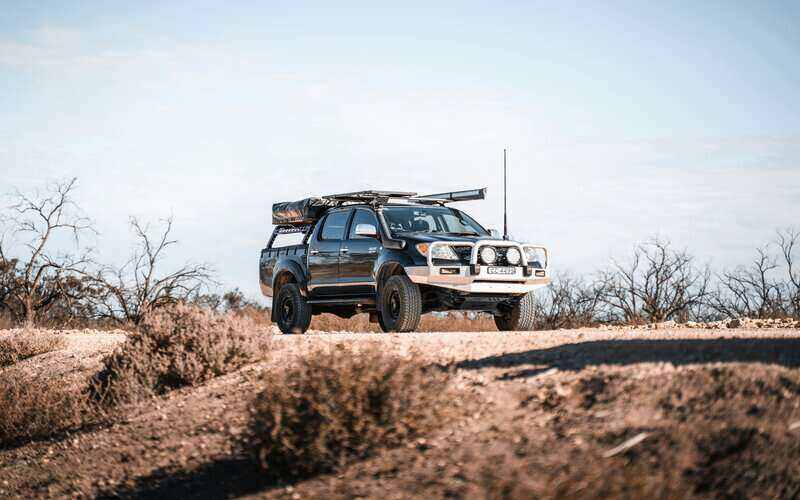


 Denise Raward
Denise Raward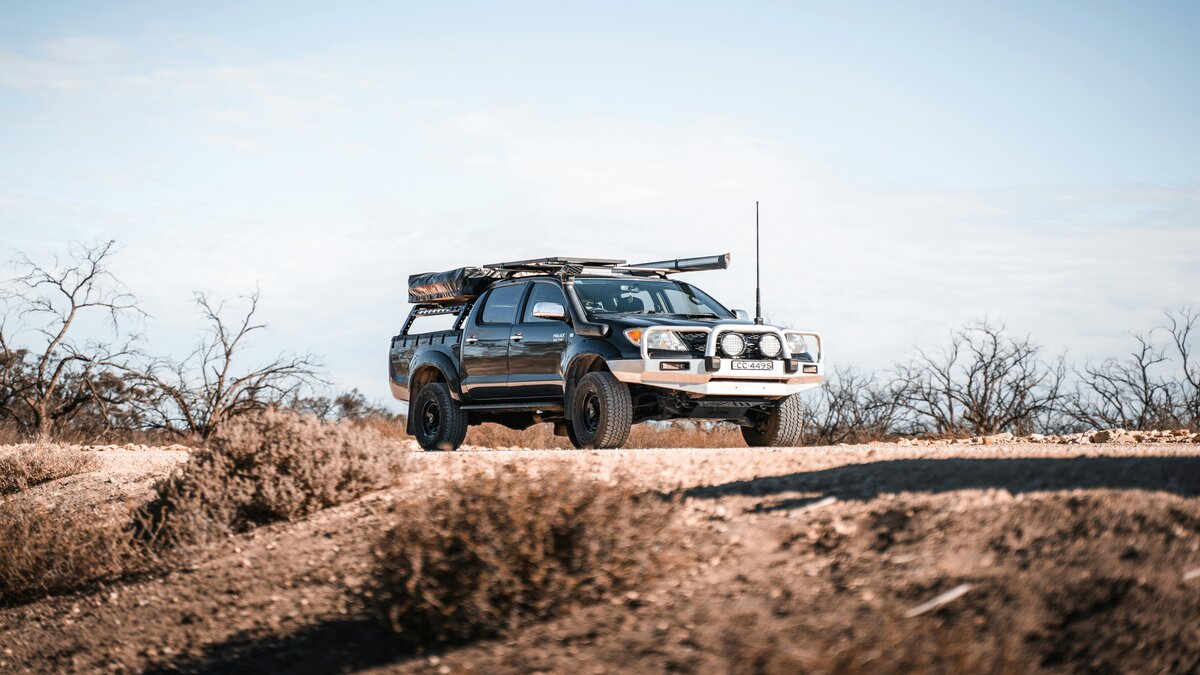
 Harry O'Sullivan
Harry O'Sullivan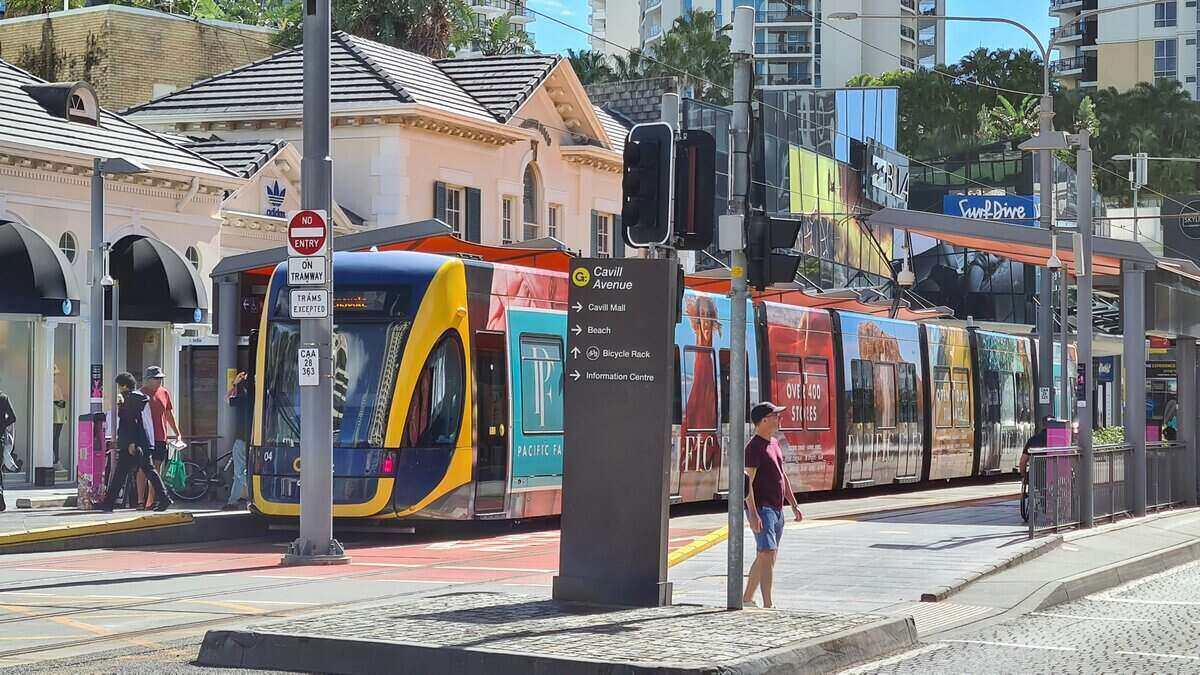
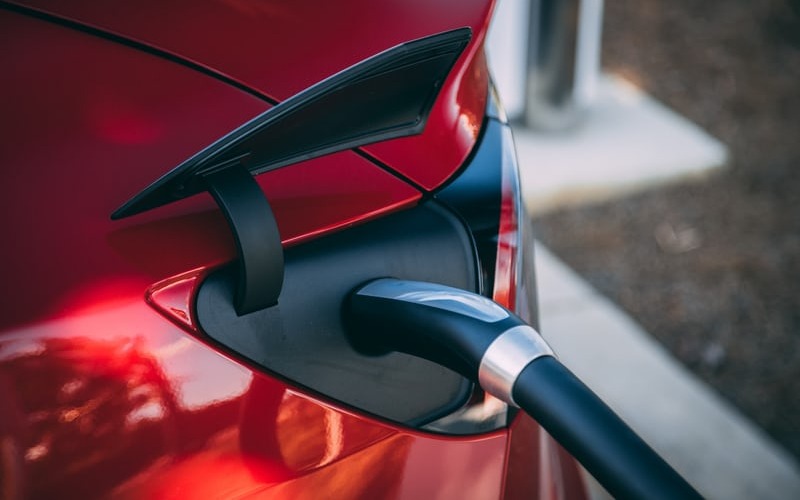
 Harrison Astbury
Harrison Astbury